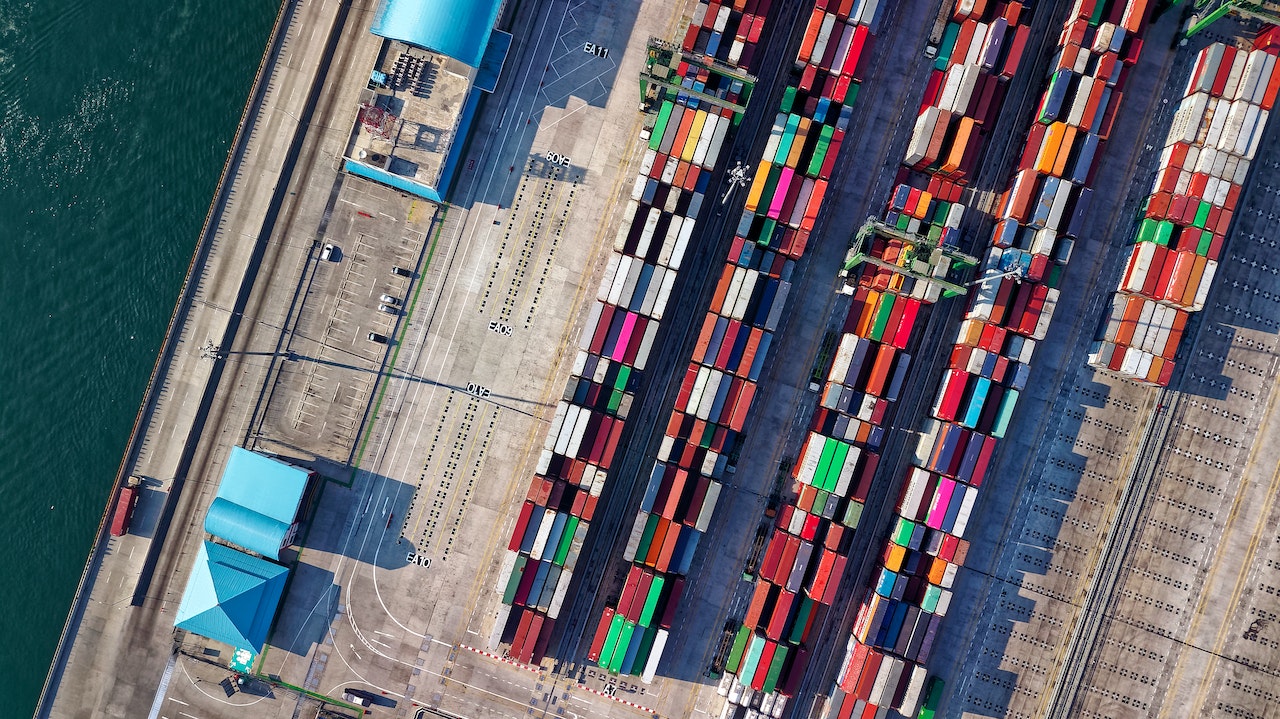Comments
- No comments found

The global economy experienced significant disruptions in its supply chains during the pandemic.
During the supply chain woes that plagued the global economy in 2020 and 2021, the Federal Reserve Bank of New York put together what it called the Global Supply Chain Pressure Index (GSCPI). The latest version of the index both highlights the size of those disruptions and also suggests these pressures have now faded away.
Here’s the index from 1997 up through May 2023. The spikes in supply chain in spring and summer of 2020, and then again in late 2021 and into 2022, are apparent. The decline to usual levels in the last few months is also clear.
What is actually being measured here? The New York Fed explains:
The GSCPI integrates a number of commonly used metrics with the aim of providing a comprehensive summary of potential supply chain disruptions. Global transportation costs are measured by employing data from the Baltic Dry Index (BDI) and the Harpex index, as well as airfreight cost indices from the U.S. Bureau of Labor Statistics. The GSCPI also uses several supply chain-related components from Purchasing Managers’ Index (PMI) surveys, focusing on manufacturing firms across seven interconnected economies: China, the euro area, Japan, South Korea, Taiwan, the United Kingdom, and the United States.
The Fed stirs together these ingredients and gets a distribution of scores. The vertical axis of the scale is measured by standard deviations, which may not be intuitive for some readers. Here’s my off-the-cuff effort at explaining. Imagine a bell-shaped curve showing a distribution of some variable: that is, most of the scores are centered around the middle, with many fewer scores on the left or right tails. For a particular version of this bell-shaped curve known as a normal distribution, about two-thirds of the scores are within one standard deviation (plus or minus) of the average score; 95% of the scores are within two standard deviations; and 99.7% of the scores are within three standard deviations.
The scores on this Global Supply Chain Pressure Index are not a neat bell-shaped “normal” curve. But it’s still true that when a score gets to be three or (gulp!) four standard deviations from the mean, it’s extremely rare. In other words, those supply chain disruptions from 2020 through early 2022 were really, truly outside the experience of the previous quarter-century.
Timothy Taylor is an American economist. He is managing editor of the Journal of Economic Perspectives, a quarterly academic journal produced at Macalester College and published by the American Economic Association. Taylor received his Bachelor of Arts degree from Haverford College and a master's degree in economics from Stanford University. At Stanford, he was winner of the award for excellent teaching in a large class (more than 30 students) given by the Associated Students of Stanford University. At Minnesota, he was named a Distinguished Lecturer by the Department of Economics and voted Teacher of the Year by the master's degree students at the Hubert H. Humphrey Institute of Public Affairs. Taylor has been a guest speaker for groups of teachers of high school economics, visiting diplomats from eastern Europe, talk-radio shows, and community groups. From 1989 to 1997, Professor Taylor wrote an economics opinion column for the San Jose Mercury-News. He has published multiple lectures on economics through The Teaching Company. With Rudolph Penner and Isabel Sawhill, he is co-author of Updating America's Social Contract (2000), whose first chapter provided an early radical centrist perspective, "An Agenda for the Radical Middle". Taylor is also the author of The Instant Economist: Everything You Need to Know About How the Economy Works, published by the Penguin Group in 2012. The fourth edition of Taylor's Principles of Economics textbook was published by Textbook Media in 2017.
Leave your comments
Post comment as a guest